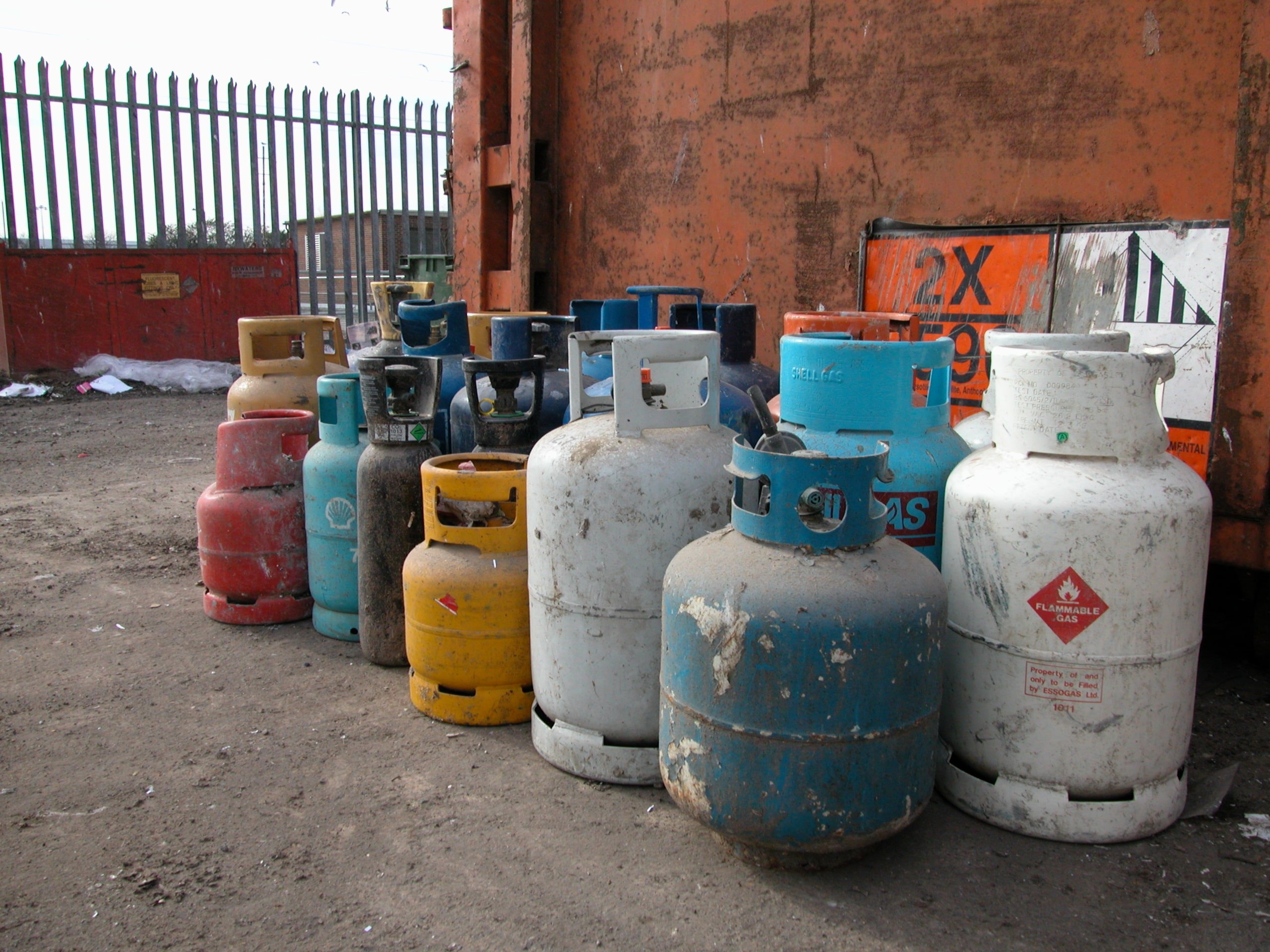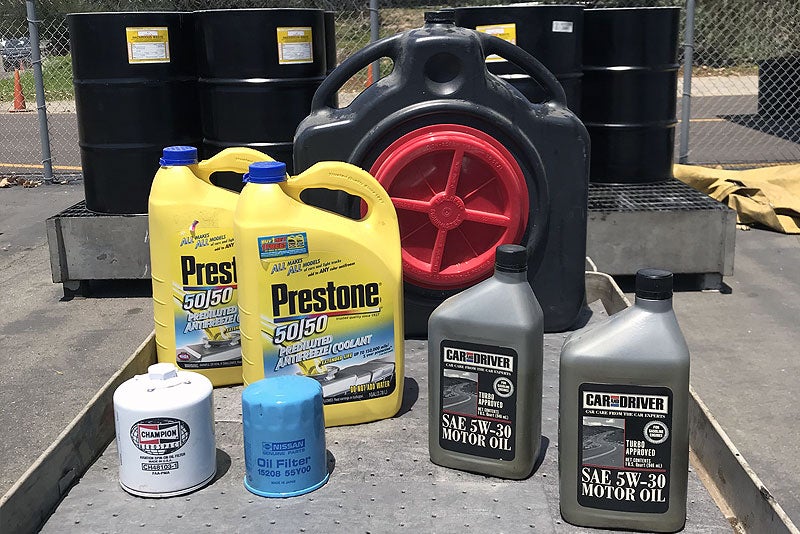Table of Content
Once you and your employees are confident on which substances constitute hazardous waste, make sure people know exactly where to dispose of them by clearly labelling separate bins and containers. Companies lose thousands of pounds each year because they aren’t aware of what constitutes hazardous waste. The reality is that many companies are so concerned about disposing of hazardous waste that they end up treating most of the waste they produce as hazardous, which is much more expensive to destroy than general waste. Biohazardous materials place clients, staff and visitors at risk for exposures to bloodborne pathogens and pathogens transmitted with bodily fluids. To dispose of hazardous waste, start by keeping the waste separate from your regular trash.

In the white bin, Bread bags , Pasta & Rice Bags, Cling Wrap, Plastic Bags, Biscuit Packets, Frozen Food Bags, Green Recycling Bags, Confectionery Bags, Bubble Wrap are deposited so they can go for soft plastics recycling. These are wastes that comprise mainly carbon and hydrogen or CH bonds with other elements. This waste can be found everywhere but mainly food waste, garden waste, so on. While this waste is broken down by microorganisms over time, it still needs to be appropriately disposed of when generated.
Treatment Of Hazardous Waste
Some waste can be very hazardous leading to several adverse effects like mutations, cancer and even tissue destruction. This waste consists of rubbish that can be recycled and turned into useful products. They mainly include construction waste such as masonry, metal, paper, and furniture that can be recycled. Non-point source liquid waste refers to liquid waste that emanates from different sources. Liquid waste is grouped depending on the source of the waste into point source and non-point source liquid waste.

Making sure that harmful substances do not exceed the workplace exposure limit . In this blog, we’ll look at common hazardous workplace substances, and offer insights on how to properly dispose of these. Although household hazardous waste is excluded from Subtitle C of RCRA, it is regulated under Subtitle D of this law as a solid waste. In other words, household hazardous waste is regulated on the state and local level. Many communities have collection programs for HHW to reduce potential harm posed by these chemicals.
Disposing of Household Hazardous Waste
Some organizations, like waste management, will send you a mail-in kit for your waste. In this form you’ll indicate certain information about the waste and your address. The kits will vary depending on what information about the waste you included on your form. This includes dirty water, wash water, organic liquids, waste detergents and sometimes rainwater. They are usually wasted from households, restaurants, industries and other businesses. If you decide to hire a third-party expert to complete a COSHH risk assessment for your care home, make sure you provide them with sufficient knowledge and experience so that they can make informed decisions about risks and actions needed.
Certain types of HHW have the potential to cause physical injury to sanitation workers, contaminate septic tanks or wastewater treatment systems if poured down drains or toilets. They can also present hazards to children and pets if left around the house. Once you have categorised your waste, it is important to store it accordingly until it is collected and disposed of. In particular, you need to ensure all hazardous materials are stored in a safe and secure place and that you have minimised or eliminated all risks of the waste escaping as it can pollute surrounding land, air and water. You may find it better to discard leftover product rather than storing it. Just make sure you follow the proper process for disposing of hazardous materials.
disposing hazardous substances materials care home
Therefore, in order to formulate a strategy, it is vital that you classify and quantify the waste streams of your company. Trade Alert - Delivering the latest product trends and industry news straight to your inbox. Ensure that your control measures are implemented and maintained.

Incompatible products might react, ignite, or explode, and contaminated HHW might become unrecyclable. Thanks to all authors for creating a page that has been read 92,015 times. They may react violently, producing toxins, or they may even become ineffective.
Such businesses are responsible for safely storing and handling such items in a safe and secure way. That also puts you under the legal obligation of taking care of all hazardous waste items that are produced by your company. As with hazardous substances from care homes, waste from healthcare facilities such as hospitals requires collection by a qualified company. In some cases, not disposing of a hazardous substance correctly could cause widespread harm and, making sure that affected products were disposed of and surfaces were suitably cleaned is crucial. Disposal of hazardous substances must be carried out without endangering the environment or human health. One of the best ways of disposing of hazardous substances is to separate them from other types of waste items and send them off to special disposal facilities.
Since waste poses a risk to the health and wellbeing of the environment, proper management of waste is essential to maintain hygiene, aesthetics, cleanliness, and control of environmental pollution. We use our own fleet of drivers and vehicles in order to collect your old e-waste items at your convenience. We also offer shredding and degaussing services for destroying hard drives and media.
Due to the potentially devastating effects of certain substances, it’s crucial that they’re disposed of correctly. Make sure you reference the manufacturer’s safety data sheet and record any relevant information in your COSHH Assessment. For any working environment, authorised sites are provided for properly disposing of hazardous substances. However, many specialist waste disposal companies will collect hazardous substances from your workplace to ensure that it’s being disposed of correctly.

We recommend requesting this from any waste carrier as it guarantees proper, ethical and responsible waste disposal. Hazardous materials, by nature, can harm children or adults if you fail to store the dangerous substances safely. Proper storage reduces the risk of accidents involving hazardous materials.
You should always consult with waste management about a potential hazardous waste. This is one of the colour codes for waste disposal and it is used for the collection of general hospital waste, food waste, paper waste and waste bottles. These kinds of waste can be treated and then sent to a secure landfill. Yellow is one of the colour codes for waste disposal and it is a non-chlorinated plastic bag used for the collection of human and anatomical waste comprising of human tissues, organs, fetuses, amputated parts and placenta. It is good to note that the colour codes for waste disposal for the disposal of biomedical waste are not the same as colour codes for waste disposal for the waste generated from other sources.

The EPA considers any business that generates 2,200 pounds or more of hazardous waste a month to be LQG. This classification must adhere to the strictest rules deemed by the EPA. There are various different types of receptacles that can be used for different wastes. For instance you can request special containers for used batteries, syringes, and extra durable bags for heavier waste. Thanks for pointing out that animal-related wastes should also be properly separated from other kinds of garbage. I’m interested in looking for waste containers soon because I want to be a lot more serious about segregating my trash in the future.
No comments:
Post a Comment